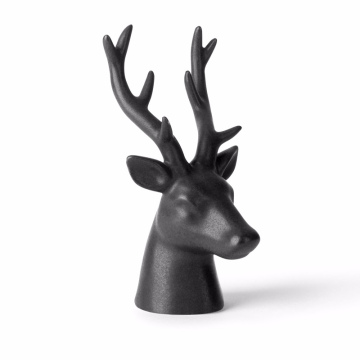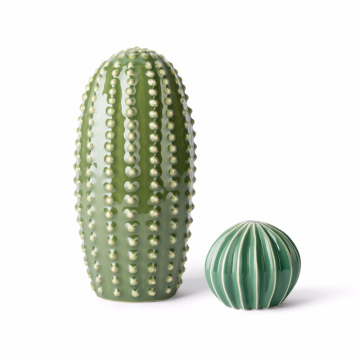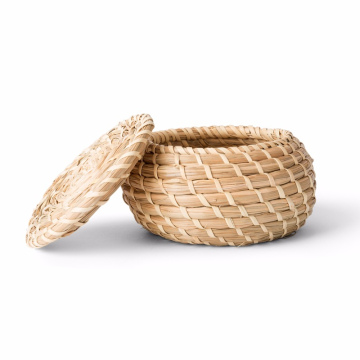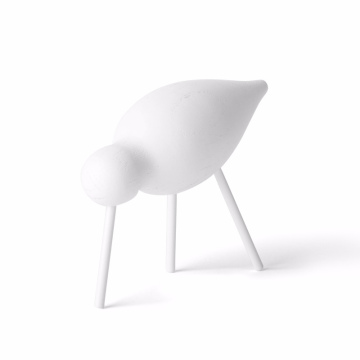Slurping into Happiness: An Udon Adventure in Japan
The Rich History of Udon
Udon, a thick wheat noodle that has become a staple in Japanese cuisine, boasts a rich history that dates back to as early as the 9th century. While the precise origins of udon are still debated among scholars, it is widely believed that the dish was influenced by early interactions with the Chinese, who brought noodle-making techniques to Japan. Historical texts suggest that during the Heian period, udon began to emerge as a distinct food item, initially known as "sonkatsu." However, it was not until the Edo period (1603-1868) that udon gained significant popularity, becoming a beloved meal among the masses.
The evolution of udon reflects broader changes in Japanese cuisine and society. As it transitioned from a luxury item to an everyday food, various regional adaptations began to appear, showcasing local ingredients and culinary traditions. For instance, Kagawa Prefecture is renowned for its "sanuki udon," characterized by its firm texture and unique dipping sauce. Likewise, the "yaki udon," originating from Osaka, is stir-fried noodles that incorporate a variety of vegetables and proteins, highlighting the versatility of udon across Japan.
Udon also plays a crucial role in traditional Japanese ceremonies and celebrations. It is often served during events such as New Year celebrations and birthday parties, symbolizing longevity and good fortune. In modern times, the popularity of udon has transcended cultural boundaries, making its way into international culinary scenes while retaining its roots in Japan. Today, udon is available in myriad forms, including hot soups, cold dishes, and even fusion creations, showcasing its adaptability and enduring appeal.
Udon: The Different Types and Styles
Udon is a thick wheat noodle that plays a significant role in Japanese cuisine, and its diversity is reflected in the various types and styles found throughout Japan. One of the most renowned varieties is sanuki udon, originating from Kagawa Prefecture. Known for its firm, chewy texture, sanuki udon is typically served in a hot broth or with a sauce, making it versatile for different culinary applications. The noodles are usually thicker than others, providing a satisfying bite. Popular sanuki udon dishes include kake udon, which is served in a simple broth, and tempura udon, where crispy tempura vegetables or shrimp complement the rich flavors of the dish.
Another unique variety is kujira udon, which is made with whale meat. Originating from regions where whaling was a tradition, these noodles are often celebrated for their robust, savory flavors. The combination of udon and whale meat creates a hearty dish that is rich in cultural significance. The preparation of kujira udon may vary, but it often includes a distinctive broth that enhances the flavor of the noodles and the meat.
In the bustling culinary scenes of Osaka and Tokyo, udon is featured in a wide array of innovative dishes. Osaka is known for its curry udon, which combines thick, chewy noodles with a mildly spiced curry sauce. The fusion of flavors results in a compelling dish that appeals to both locals and tourists. Tokyo's specialty is often yaki udon, stir-fried udon noodles mixed with vegetables, seafood, or meat, bringing a delightful crunch to each bite. These variations highlight the regional uniqueness while maintaining the essential characteristics of udon, showcasing how this versatile noodle adapts to different tastes and cooking methods.
The Udon Experience: Where to Eat It
When embarking on an udon adventure in Japan, discovering the best udon shops and restaurants is essential to fully appreciate this iconic dish. While high-end udon eateries offer gourmet culinary experiences with artisanal preparations, humble noodle shops present a casual yet equally gratifying dining option. The juxtaposition between these settings showcases the versatility of udon, a staple that can be enjoyed in various atmospheres.
For a luxurious dining culinary experience, consider visiting restaurants such as Udon Shin in Tokyo, known for its expertly crafted bowls of udon served with premium ingredients like handmade broth and seasonal toppings. Alternatively, the Sanuki Udon Kagawa region is famous for its rich udon culture, where local shops like Yamaguchi Udon offer freshly made noodles that exemplify the traditional techniques passed down through generations.
For those seeking a more casual and authentic culinary experience, local udon shops such as Hanamaru Udon provide a self-service option, allowing diners to customize their bowls with various toppings. Here, one can order udon like a local by opting for the signature kitsune udon, topped with sweetened fried tofu, or tempura udon, featuring crunchy shrimp tempura. It is essential to be aware of the etiquette involved in enjoying udon; slurping is not only acceptable but encouraged as it enhances the flavor and signifies enjoyment.
Quality is paramount when searching for the best udon, so look for shops that make their noodles in-house daily and offer a range of dipping sauces. Seasonal events, such as the Udon Matsuri held in Kagawa every spring, provide a festive atmosphere where visitors can indulge in various udon varieties and culinary experience the communal joy of this beloved dish.
DIY Udon: Making It at Home
Creating your own udon noodles at home can be a rewarding and enjoyable culinary experience. To embark on this culinary adventure, you will need a few essential ingredients and tools. The primary components required for making udon are all-purpose flour, water, and salt. Typically, a ratio of approximately 4 cups of flour to 1 cup of water is used, along with 1-2 teaspoons of salt. When it comes to tools, a mixing bowl, a rolling pin, and a sharp knife are indispensable for the process.
Begin by dissolving the salt in the water. In a large bowl, gradually mix the salted water into the flour, using your hands to combine them until a rough dough forms. Once the mixture is cohesive, transfer it onto a clean work surface and begin kneading. Kneading is a crucial step; you will want to work the dough for about ten minutes until it becomes smooth and elastic. After kneading, wrap the dough in plastic wrap and let it rest for at least 30 minutes to allow the gluten to relax, which will make it easier to roll out.
After resting, roll out the dough to your desired thickness, typically around a quarter inch. Once rolled, use a sharp knife to cut the dough into strips, aiming for a width of around a quarter inch, which is characteristic of traditional udon. Toss the cut noodles lightly in flour to prevent sticking. Cooking these fresh udon noodles is straightforward; simply boil them in salted water for about 8-10 minutes until they are cooked through and tender.
When it comes to serving, udon pairs beautifully with different broths. A simple dashi broth, made from kombu and bonito flakes, enhances the delicate flavor of the noodles. Toppings like green onions, tempura, or soft-boiled eggs can elevate your dish further. Making udon at home not only allows for customization but also deepens your appreciation for this beloved Japanese dish, enriching your connection to its cultural significance.






